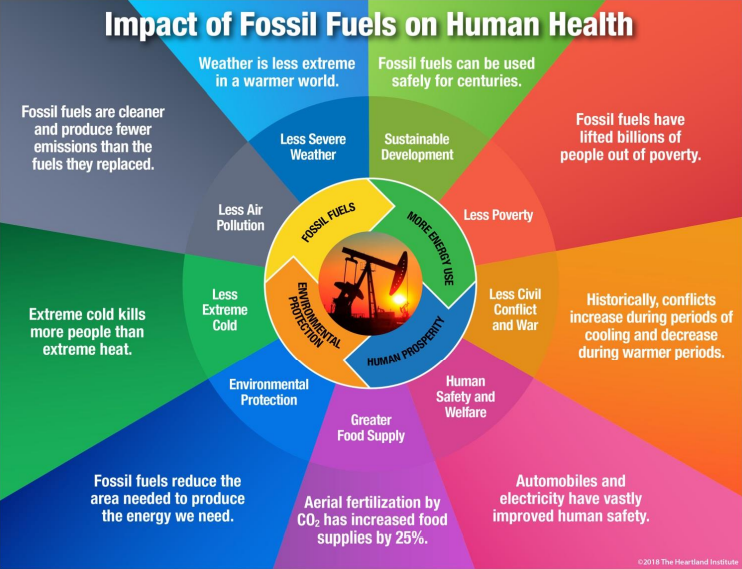
Why All ‘Renewables’ Are Absolutely the Worst Answer to Our Energy Needs
By Dave Boleneus–Geologist, consultant
In response to Seattle times article:
What Do Climate Provisions of the US Senate Bill Mean for Washington State?
“Climate bill would bring ‘unprecedented” investment to Washington”???
_____________
“Unprecedented investment? Not so. RENEWABLES AND ELECTRIC CARS PRESENT MANY INSURMOUNTABLE, UNADDRESSED PROBLEMS THAT CAN BE NEITHER MITIGATED NOR OVERCOME!”
“What’s wrong? How is this tolerable by a civilized society? Where are the Thinkers? The greatest problem is belief by the West, including the US, that no matter the challenge, the challenge can be overcome with enough money. This will not happen with the conversion to electric cars and renewable energy. One must ask oneself how much we understand about what is promised by others with your money but has never been seen or experienced or proven? Are we guinea pigs? One must ask where is the promise, except of failure, of ploughing blindly into a world without proof of success. The world of renewables and electric vehicles clouds thinking, has never been justified in an economic sense being a world of hucksters using another’s money.
Power 4,000 homes? Not true. The solar panels pictured [In the Times article] can power 4,000 homes during midday in summer but no houses at night and no houses at all during inclement winter overcast lasting for weeks in Washington. The Lind’s efficiency is further compromised by mis-locating on a north-facing slope.
Cost – The cost of an electric vehicle and outlay of solar panels is certainly beyond the means of most consumers, despite government assistance available.
Larger problems go unaddressed, ignored: Money cannot overcome these barriers. Expending immense sums to overcome unbreachable barriers introduces unforeseen conflicts.
Immense land area needed for renewables. The US needs 25% more electricity than is currently produced to power electric vehicles. If produced by wind turbines the land area for electricity requires constructing wind turbines for this purpose which will consume a land area of 830,000 square miles, equal to the area of six of the largest states in the U.S. of TX, CA, MT, NM, AZ, and NV or land that is not available. Who owns the land eyed and what health hazards will development cause as the low frequency sound from wind turbines is a well-known hazard to humans and the proximity to turbines destructive of real estate value? If powered by solar, the land area is less but the land is converted to industrial use and useful for no other purpose. How is it possible for regulated food production on farms to compete on world agricultural markets against subsidized loose promises of a little juice? For this reason, one is reluctant to call renewables as energy.
Raw materials to build autos and renewables are not available, globally. Raw material needs present an unbreachable barrier to renewables and electric cars. If one considers just the demand for copper, there is a need to build 12 new copper mines every 30 years to meet the need for the US. Copper is not available in reserves including known, unknown, and unmined copper resources or reserves, in any country, even combined to meet the need. The US is currently closing some mines due to low metal prices and high cost to meet environmental requirements and smelters in the US needed to purify the copper closed long ago and few exist worldwide. The Biden administration is currently placing every barrier possible to block new copper mines to come into production in the US, in Minnesota, in Arizona and in Alaska where large resources have been identified. The time to develop a new copper mine requires at least 25 years from discovery to the start of producing the metal. Mines and mining are naughty words, especially so in Washington State but mines are the answer to dreams of renewables and EVs.
Renewables cannot efficiently produce electricity needed by society. But the very high cost of renewables bringing low levels of efficient operation and high land area requirement presents challenges that cannot be overcome to make electricity cheaply. The cost in land and cost of construction requires customers to pay 5 to 12 times more per kilowatt hour for electricity. The cost of surcharges added to the cost of electricity in Ontario and Germany drives electric costs up to fifty cents per kilowatt hour or 5 to 8 times more expensive than US prices. Efficient production of electricity by current fossil systems is 50% to 70% and 90% for nuclear compared to 11% and 20% for solar and wind. Since fossil systems use tiny land areas, adding systems is not challenging and new systems are much more efficient. Lowered efficiency for higher cost machinery with shorter useful life is not a formula for success. Useful life of wind or solar plants is about 1/3 to 1/2 or about 12 years before need of replacement.
Building these systems requires immense quantities of fossil fuels, so these fuels will never be eliminated. The useful life of renewables is about 1/3 to 1/2 of traditional power generation, so the requirement for fossil fuels will never end. Building one electric vehicle requires 17,500,000 gallons of fuel to mine and process the quantity of raw materials needed. An electric vehicle requires 25 times more metal components per mile than do internal combustion engines.
Renewables mean “clean” energy, but they are the opposite of clean as the “dirt” occurs opposite our side of the globe when considering the immeasurable quantities of raw materials that must be mined and processed for construction of new systems. An EV uses 57 pounds of coal or 25 pounds of oil to power its electric requirement for 100 miles. A Congolese child slave in a Chinese mine risks death to provide 30 pounds of cobalt needed for every EV. A solar or wind turbine plant cost is $5 million to $8 million per megawatt to generate electricity or 1075 to 1720 times more costly than fossil fuel sources. Where a fossil plant uses one square mile to generate electricity the solar or wind facility requires 350 square miles to 720 square miles for the same electricity. A wind turbine is subject to the Betz limit, the theoretical maximum energy of 59% that can be had from wind. But this is never the case, blade can be inefficient, the wind wrong or none at all or the terrain or obstacles block efficiency and loss in the machine or power generated is lost during transmission. The theoretical limit for solar panels is much less. The actual generation is but a fraction of one watt generated per square meter of land occupied by a turbine site if all goes well. This is not an affordable trade-off as land area is not limitless.
Confounding: Fear of fossil fuels and fear of climate. I find it utterly amazing, that with evidence completely missing, politicians have contrived falsehoods while silencing truth from opposing voices to convince an unknowing public including intelligent people to fear carbon dioxide, a harmless gas exhaled with each human breath, a gas that gives life to plants, with plants serving the existence of all life on earth and then to build contraptions ill-suited to their intended purpose.
To this end, the cost to mitigate the climate is so high and the case favoring fossil fuels is so strong requires weighing options, but this is not allowed in current politics. Lowering emissions sufficiently to impact climate requires emissions be reduced by 90% from 1990 levels in Europe, with a cost of 24% of gross domestic product, a loss of $72 trillion, or 8 times the GDP of the United States.
The cost to mitigate climate is 48 to 79 times more costly than the benefits that might accrue from a cooler climate, if any. The cognitive bias of legislators and the public to address climate at all costs clouds our ability to think and reason objectively. For example, California’s Cap-and-Trade scheme AB32 to reduce emissions passed in 2006 will cost $4,000 trillion ($4 quadrillion – pg. 750) to reduce temperature one degree centigrade, at a cost of $43,000 per household, yet California’s emissions are small or 1.3% of global emissions. Australia’s carbon trading scheme to reduce its 0.06% of global emission will cost $220 trillion ($2.2 quadrillion – pg. 751) to lower temperature by one degree centigrade at a cost of 81% of Australia’s gross domestic product. In 2009, the US Senate rejected a climate/cap-and-trade bill, saying it too costly. What happened this weekend in the US Senate is ignorance of 2009 in that body. Unjust actions as these masterfully conflate contrived political fantasy with science to serve a goal but are ultimately destructive of institutions of freedom.”
